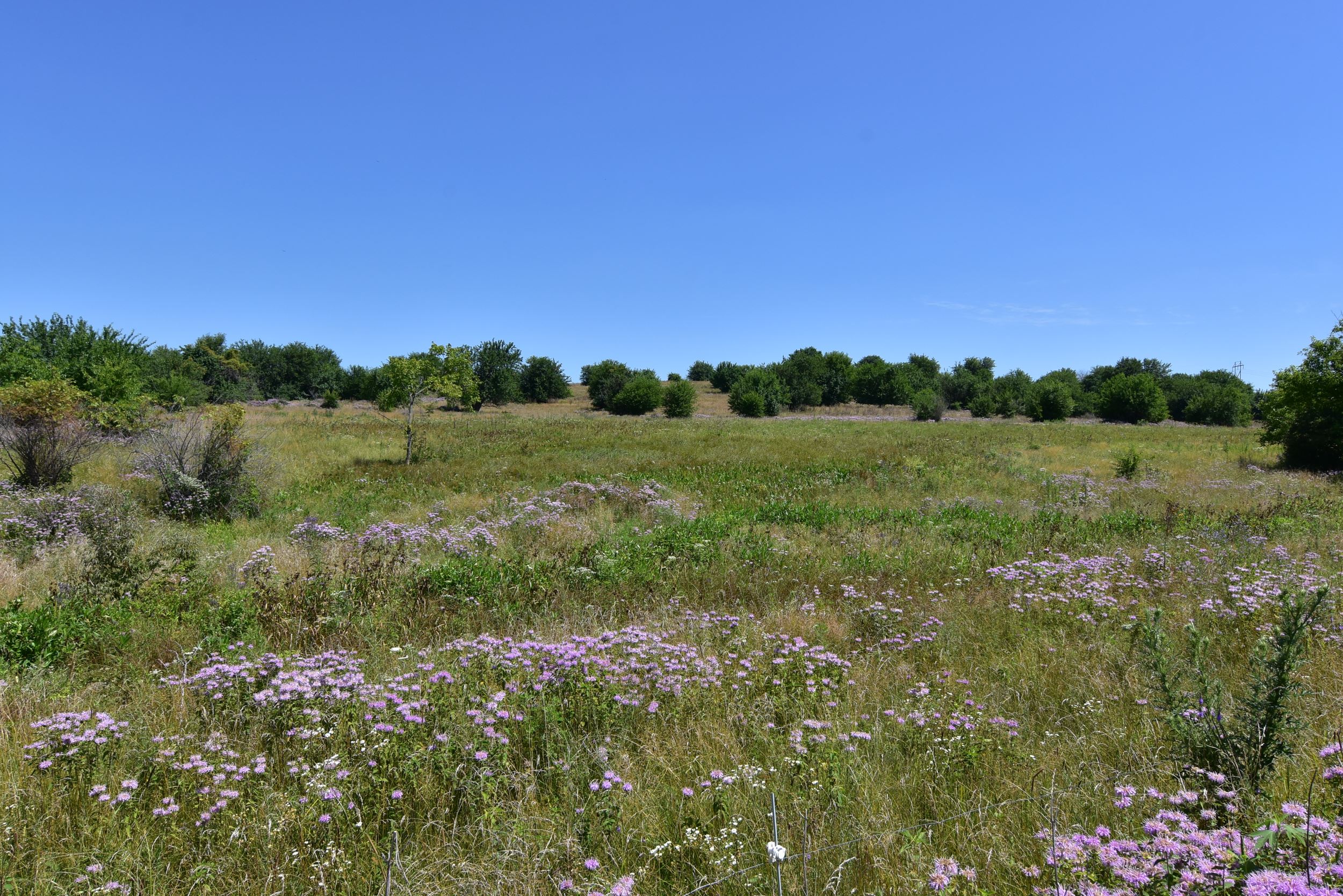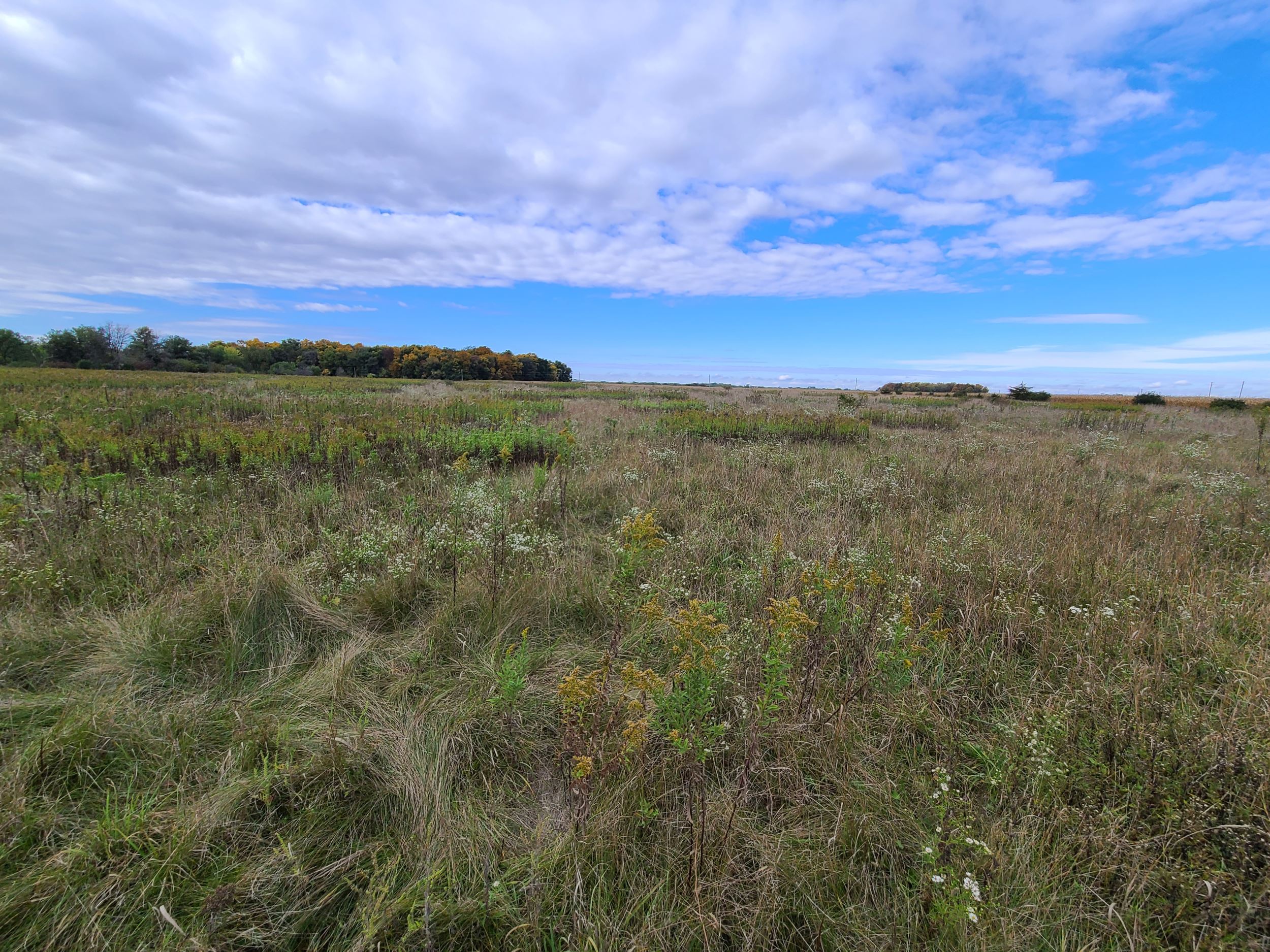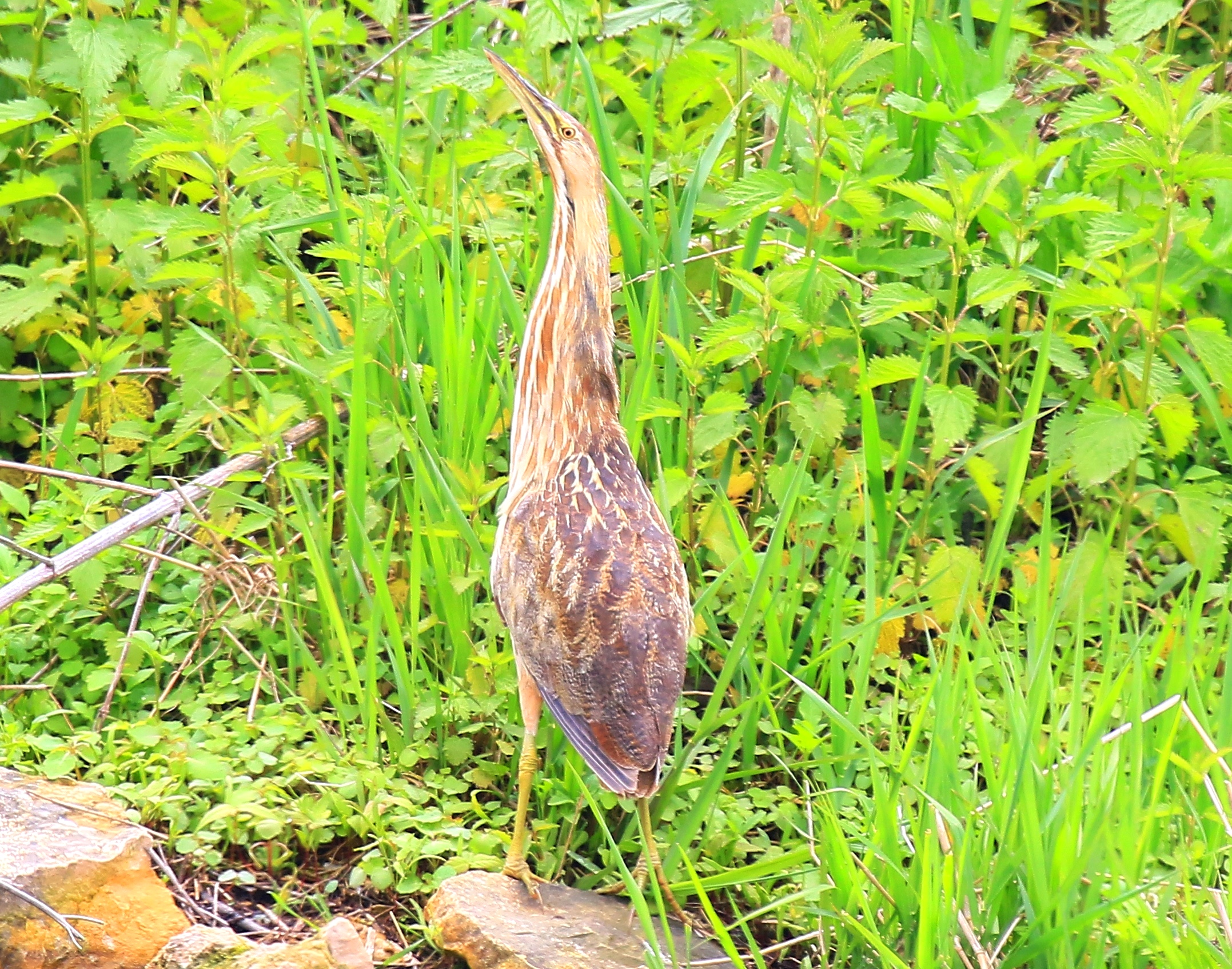Fantastic Fens
By Larry Stone, Special to INHF on May 24, 2024 in Blog

The protection of one of the finest remaining fens in Iowa serves as an example of what INHF does best: recognizing critical natural areas and giving landowners the opportunity to benefit from the protection of those unique sites.
Finest remaining FEN? So, what is a fen? And why are they so special? Soil maps say they occur in “Klossner muck” – which doesn’t sound very appealing!
But that “muck” soil, consisting of decayed vegetation kept saturated by cold underground seeps or springs, may host an abundance of unusual flora, ranging from rare orchids and other wildflowers to sage willows to a variety of sedges. Iowa fens support more than 200 species of plants, at least 40 of which are considered rare. Some of the plants grow only in fens.
Fens also provide habitat for many species of wetland birds, amphibians and reptiles, as well as some insects and snails that are limited to fens.
Geologically, fens form when precipitation and surface water soak down through sand or gravel to accumulate above a layer of impermeable clay or shale. The water then flows underground above that barrier before emerging, often on a hill slope. At that location, the resulting organic soil can become so waterlogged it may be spongy to walk on – almost like a waterbed. The ground moves.
The water can become alkaline as it dissolves carbonate minerals underground. In some fens, that leaves a crusty calcium carbonate deposit called tufa at the soil surface. In almost all Iowa fens, plants get most of their nutrients from that mineral-rich water.
Botanist Jeff Nekola, who now is an associate professor at Masaryk University, in the Czech Republic, began studying fens in the northeastern part of Iowa as a Coe College student in the 1980s. His innovative approach of locating fens by using soil maps also has been used by other ecologist to locate natural areas – especially in northeastern Iowa. Although most fens can be found in the northern latitudes world-wide, some may be found as far south as Texas and Georgia. Prior to Nekola’s work, Iowa’s best-known fens were Silver Lake Fen State Preserve and Excelsior Fen, both in northwest Iowa’s Dickinson County.
By poring over soil maps, Nekola and Iowa Department of Natural Resources botanists John Pearson and Mark Leoschke concluded that prior to European settlement there were more than 2,300 fens in 30 eastern and northeastern Iowa counties, along with a handful of the distinctive habitats in northwest and north-central Iowa.
Pearson said the hillside location also can be characteristic of many fens. “Unlike ‘normal’ wetlands – potholes, sloughs, swamps, and streams – that occupy the lowest parts of the landscape where runoff flows, fens arise from groundwater seepage high on the lay of the land,” Pearson wrote in an essay in the book “Deep Nature.”
Pearson described his excitement as he approached one site where soil maps hinted there could be a fen:
“There it is! A bright green mound of vegetation gleams softly amid the black soil of the cropfield like an emerald dropped in the dirt.”
Yes, the fen was still there, Pearson marveled: “... an ark of nature awash and alone in a flood of rowcrop agriculture.”
Nekola decried the loss of most fen sites to agriculture. It once was considered a good farming practice to try to drain the fertile wetlands to plant corn or other crops. Livestock also can damage fens. Heavily grazed fens may be dotted with raised hummocks, where cattle have trampled the wet soil.

INHF protected 155 acres in Fayette County which includes a fen, sedge meadow and woodland. The fen was discovered after attempts to drain and farm the land.
Thus, it was no surprise that the fen most recently protected by INHF faced an uncertain future. Old aerial photos and on-the-ground exploring show remnants of ditches that apparently were failed past attempts to drain the area. Previous landowners planted crops in parts of the tract, but most of the small fields had been abandoned, probably due to poor crop yields.
When a northeast Iowa family of dairy farmers acquired the land, they again sought ways to make the farm more economically viable. But after consulting with the Natural Resources Conservation Service (NRCS), the landowners learned it might not be feasible to comply with state and federal permits required for altering the wetland.
NRCS staff recognized the high quality of the fen and surrounding natural area. “I felt as though I stepped into the past when I walked out there,” said one NRCS employee, “because we never find wetlands like this any more in this part of the state.” To assist the family in exploring other options for the land, the agency suggested contacting Brian Fankhauser, Senior Land Stewardship and Blufflands Director for INHF.
Fankhauser visited the site and met with the family several times. Ultimately, the family chose to sell the 155-acre tract — which included more than 46 acres of fen and sedge meadow — to INHF. Both parties considered the transaction a win-win: the natural area was saved, and the family received cash for land that did not benefit their farming operation.
As part of the agreement, the family continues to plant crops in a 15-acre field that does not impact the natural area. Fankhauser said INHF eventually plans to inter-seed prairie vegetation in the abandoned crop fields, which now have grown up into a mix of introduced and native grasses and forbs that host grassland nesting birds. Meanwhile, INHF staff, interns and volunteer crews will focus on controlling invasive species, such as buckthorn and honeysuckle, in the 41-acre woodland. While the woodland had been grazed in the past, it still contains a diverse mixture of oaks, quaking aspen, black cherry, shagbark hickory, hackberry, hazelnut and other species that offer good wildlife habitat.
Although the fen will not be open for regular public use, Fankhauser said INHF will conduct field days at the site to help educate people about natural area management in general, and fen ecology in particular.
The site supports at least 6 species of uncommon plants that are indicators of a good quality fen, such as tall cotton grass, fringed gentian and northern adder’s-tongue, according to surveys by Nekola, Pearson and Leoschke.
 Don’t forget the wildlife, Nekola noted. He fondly recalled hearing an American bittern – a wetland bird whose populations are declining because of habitat loss. And he noted that a state-endangered species of butterfly, the Baltimore checkerspot, survives mostly in fens. Nekola also used DNA sequencing and critical analysis of the shell structure to identify a new species of snail he found on a different fen.
Don’t forget the wildlife, Nekola noted. He fondly recalled hearing an American bittern – a wetland bird whose populations are declining because of habitat loss. And he noted that a state-endangered species of butterfly, the Baltimore checkerspot, survives mostly in fens. Nekola also used DNA sequencing and critical analysis of the shell structure to identify a new species of snail he found on a different fen.
Nekola is so passionate about the ecology of fens that he bought land that included a fen in Fayette County, just to save it from drainage tile and the plow. He and INHF now jointly own and manage that site, which protects a small fen in a 13-acre natural area. INHF also has helped protect several other fens throughout the state.
Muck? Perhaps. But Iowa’s fens are some of our most unique and diverse natural areas.